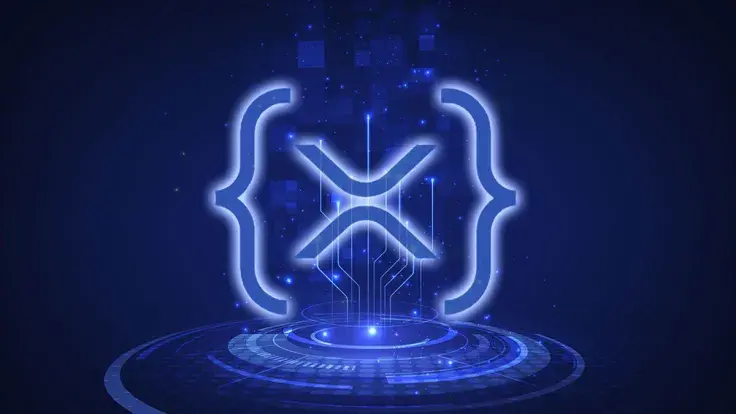
Disclaimer: The opinions expressed by our writers are their own and do not represent the views of U.Today. The financial and market information provided on U.Today is intended for informational purposes only. U.Today is not liable for any financial losses incurred while trading cryptocurrencies. Conduct your own research by contacting financial experts before making any investment decisions. We believe that all content is accurate as of the date of publication, but certain offers mentioned may no longer be available.
Evernode, a project bringing "Layer 2" smart contracts to XRP Ledger, is celebrating a new milestone. The Evernode project says its betanet ticked over smoothly into its third epoch. It also notes that the Evernode (beta) Hook has distributed over 10.2mm (beta) Evers without a hitch.
Quite the milestone: Our betanet ticked over smoothly into its third epoch. The Evernode (beta) Hook has distributed over 10.2mm (beta) Evers without a hitch.
— Evernode (@EvernodeXRPL) December 9, 2022
With Hooks, any project could decentralise its tokenomics and have its treasury managed by the XRPL via a Hook. 🔥🔥🔥 pic.twitter.com/hCDJSHbVdF
Evers (EVRS) is the native currency of the Evernode Layer 2 networks, which are issued on XRPL as a way to reward node operators and allow for the payment of node hosting services by dApps.
According to its roadmap, Evernode will launch in two beta phases: public beta and private beta, before its official launch, which would be dependent on the Hooks amendment. Additionally, for Evernode to come to XRPL, the Hooks amendment must pass a governance vote by the nodes and validators of the XRPL. Hooks add smart contract functionality to XRP Ledger, as they are small pieces of code that allow XRP Ledger accounts to function as "lite smart contracts."
David Schwartz, CTO of Ripple and one of the initial developers of XRP Ledger, discussed his ideas for a sidechain for the Ethereum Virtual Machine (EVM) back in September. He planned to make it possible for Ethereum smart contracts to be executed on the XRP Ledger (XRPL), lowering entry requirements for developers.
Currently, Ripple is testing a method by which programmers may quickly deploy smart contracts created for Ethereum on its XRP Ledger (XRPL) platform.
An EVM-compatible side chain — a blockchain that functions in parallel with the main XRPL blockchain — has now been launched on the devnet, where developers can test implementations before they go live on the main network.
Early 2023 will mark the launch of the second phase when the EVM sidechain will become permissionless. The third phase is slated for the second quarter, when the EVM sidechain will be fully deployed.
 Dan Burgin
Dan Burgin Vladislav Sopov
Vladislav Sopov U.Today Editorial Team
U.Today Editorial Team